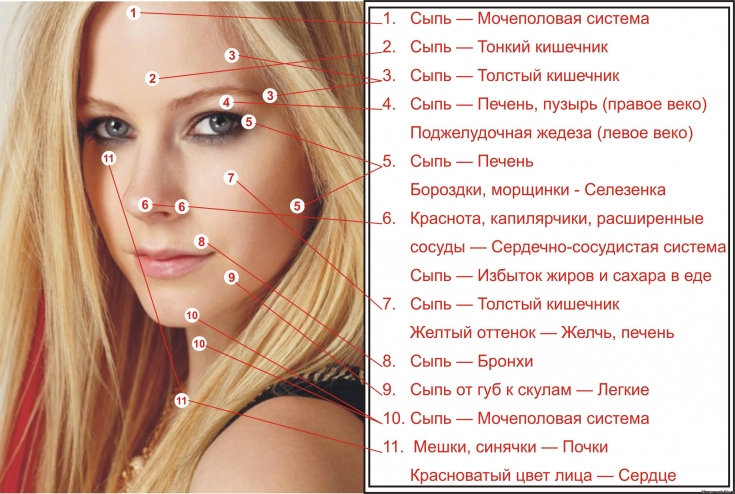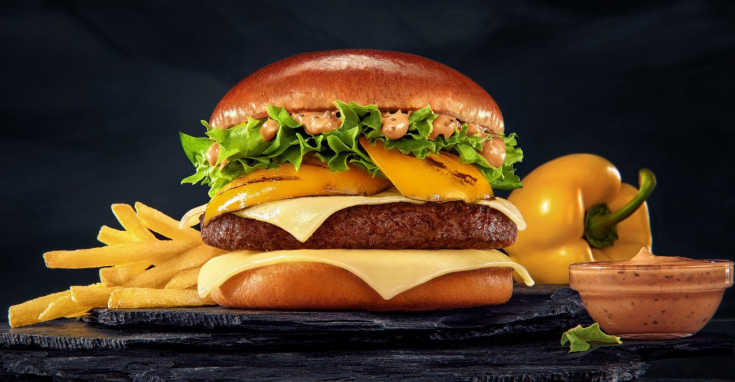Infections, chronic diseases, disorders in the gastrointestinal tract, hormonal changes, abuse of cosmetics containing fats, poor hygiene, stress, ovarian pathology, anabolic steroids, stress – these and other causes may cause acne.
In the treatment of acne, various preparations are used for external use, for oral administration, as well as various peelings and hardware techniques. In 2010, researchers reported that acne diet also affects the course of acne. An analysis of 27 studies (21 non-experimental and 6 clinical) was published in the scientific journal Skin Therapy Letter. What conclusions did scientists make, estet-portal.com will tell.
- Nutrition for acne: what research shows
- What foods should not be consumed for acne
- What foods help reduce
acne severity Nutrition for acne: what research shows
Scientists have found that consumption of
cow's milkis associated with an increased incidence of acne and the severity of the disease. The risk of acne also increases with the consumption of foods with a high glycemic index.
Subscribe to our page on

In 2007, Australian researchers reported that in boys and men aged 15 to 25 years, acne was significantly reduced after limiting white bread and processed breakfast cereals and switching to whole grains, lean meats, fruits and vegetables.
Acne in guys on a high-protein, low-glycemic index diet was reduced by 50%, which is not always seen with topical medications.
Indeed, the significant role of nutrition in acne was suspected before, but researchers have found confirmation of this theory relatively recently. Therefore, estet-portal.com recommends paying attention to nutrition for acne, namely:
limit acne-promoting products;
Researchers have focused more on products that worsen acne-prone skin. As part of the acne diet, experts therefore recommend avoiding the following foods whenever possible:
- Cow's milk
- Why is milk bad for acne? There are several theories: an increase in blood sugar, which increases inflammation and leads to a rash. It also leads to an increase in insulin levels, which increases the production of sebum (sebum). Another problem with store-bought cow's milk is the presence of hormones in it, which also activate the production of sebum and the growth of skin cells that block pores.
- Sugar
- There are a number of reasons why you should
. One of them – increased risk of acne. At the same time, it is not necessary to completely give up sugar – try eating less sweets for at least a week – if the skin condition improves, then it is this product that you need to limit in your diet.

- Foods with a high glycemic index
- These are foods that break down quickly and lead to a spike in sugar and insulin levels. They lead to hormonal fluctuations and contribute to inflammation, which is a great environment for acne.
Products that should not be accepted include
white bread;
- white rice;
- potato chips;
- cookies, sweets, cakes, etc.;
- some fruits.
- Fast food
- It is better to refuse such food for everyone, and not just for patients with acne. Research has linked fast food to an increased risk of childhood asthma. Blame it all – inflammation that starts in the body when eating such foods. Inflammatory processes affect the entire body, including the skin, causing acne.

There are a number of factors that contribute to the appearance of acne. Do not forget that nutrition for acne – just one of them, though
very important. Which foods help reduce acne
Just by avoiding the acne-damaging products above, you will already notice improvements. However, are there products that will help the body fight acne more effectively and prevent its occurrence? Such features of nutrition in acne have not yet been studied enough – all research is in the early stages, so the products below are only potentially useful for acne.
- Fish and flaxseeds
- One of the problems of the modern diet is a significant predominance of omega-6 fatty acids, so the use of
contained in fatty fish, nuts, flax seeds and other products helps control inflammation and, possibly, , fight acne.
- Green tea
- South Korean researchers have found that a cream containing epigallocatechin-3-gallate (a powerful antioxidant found in green tea) can reduce the size of the sebaceous glands, which are usually enlarged in acne patients, and reduce sebum production. Therefore, the use of green tea, as well as compresses from chilled tea bags or cotton pads soaked in green tea (10-15 minutes) can reduce the appearance of acne.

- Oysters
- Several studies have shown that dietary zinc (found in oysters, wheat germ, beef liver, pumpkin seeds, and watermelon) helps reduce acne.
- Fruits and vegetables
- Leafy greens help the body detoxify, dark-colored berries contain phytochemicals that are beneficial to the skin, and vegetables and fruits containing beta-carotene help reduce sebum production and have anti-inflammatory properties.

- Probiotics
- Probiotics are important for human health because they suppress inflammation in the gut caused by the predominance of harmful bacteria. A 2011 study found that the gut microflora influences the levels of inflammation in the body, which can also lead to acne. Since
help fight inflammation and oxidative stress, scientists believe that including them in your acne diet will also help improve skin condition. Sources of probiotics are:
kefir;- yogurt;
- sauerkraut;
- microalgae;
- miso soup;
- kimchi;
- and other fermented products
- . There are a number of factors that contribute to the appearance of acne. Do not forget that nutrition for acne – only one of them, albeit a very important one. Acne requires a comprehensive approach to treatment, which is selected by a specialist, and maintaining the result and preventing further rashes – the task of the patient himself.






Add a comment